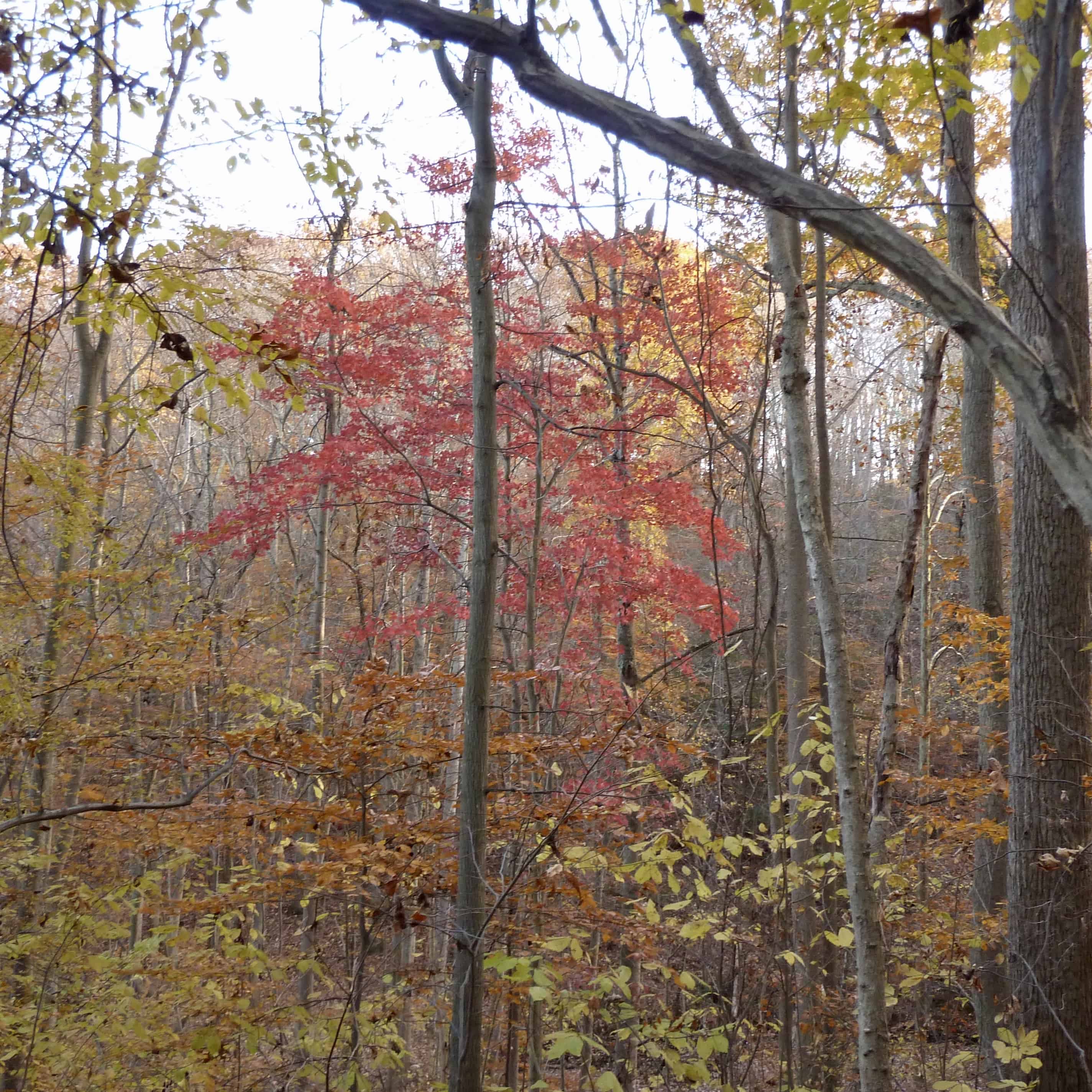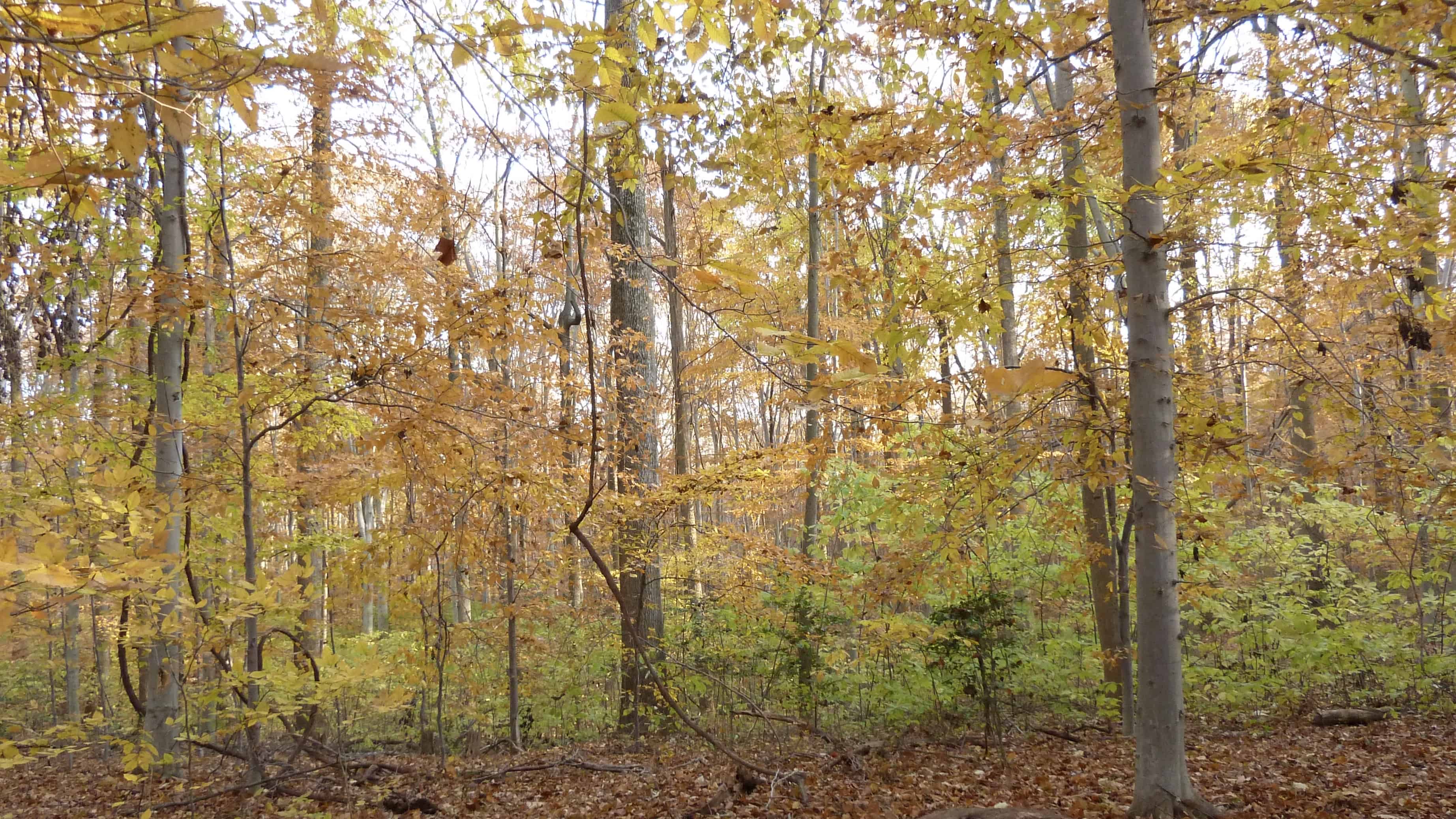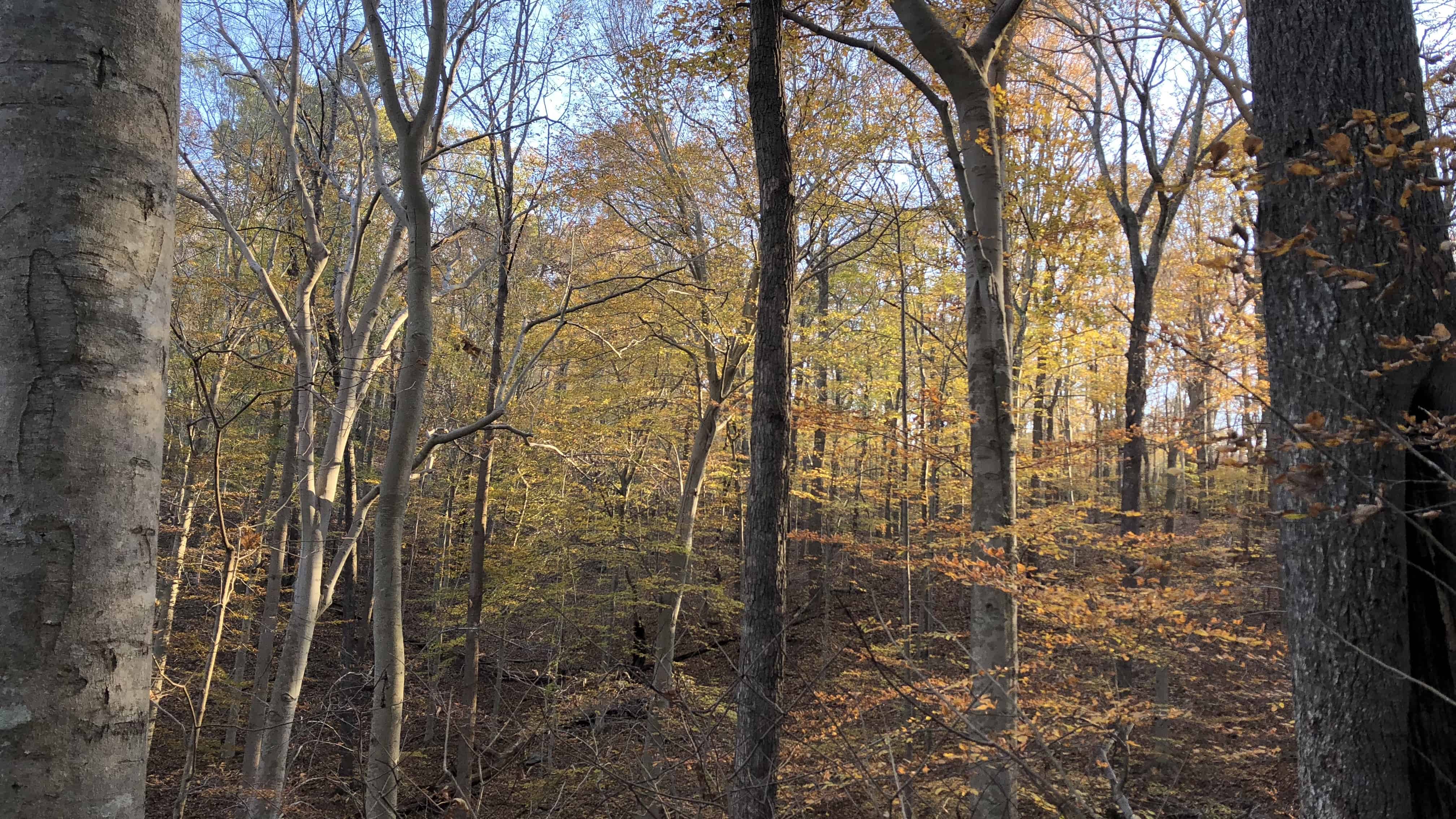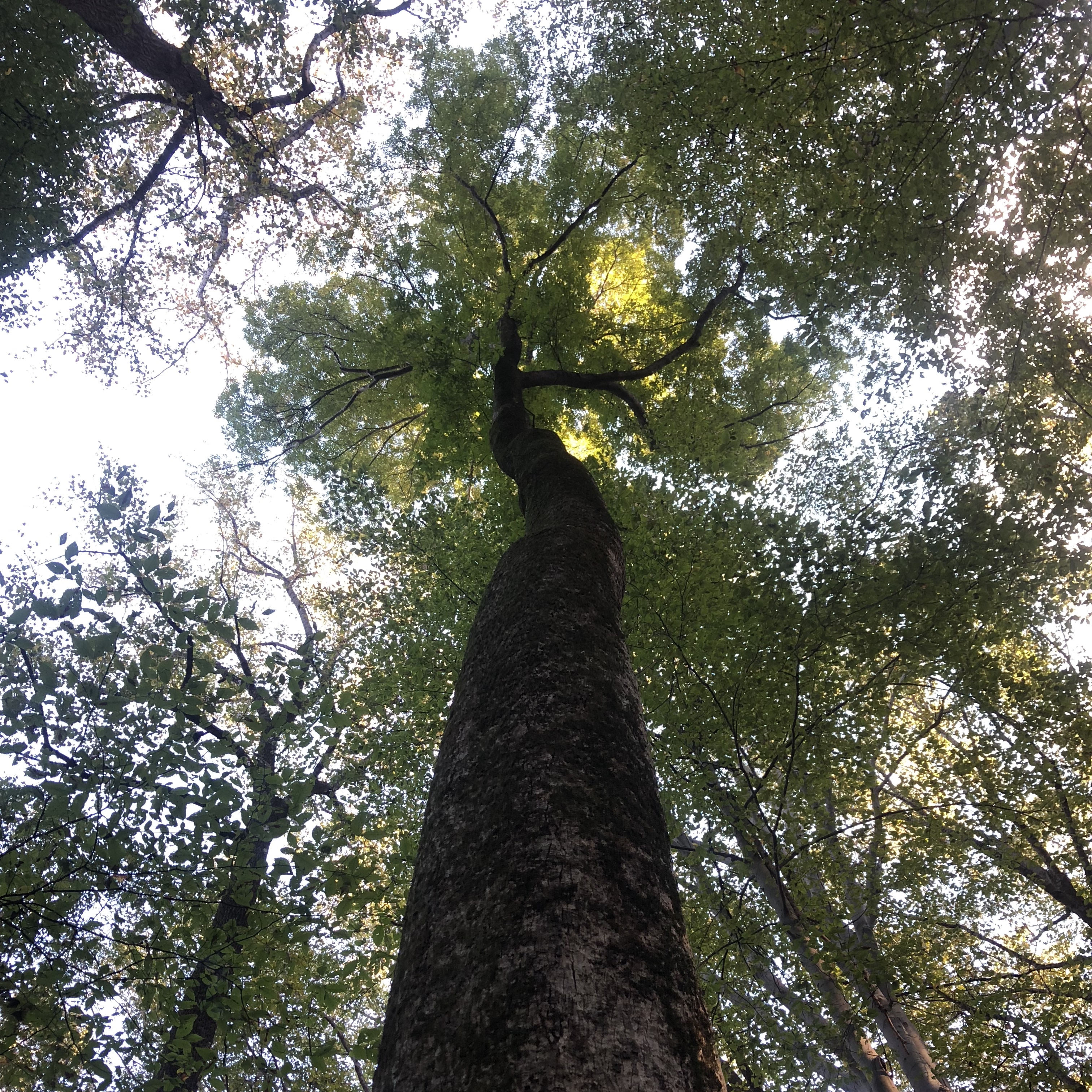
The Four Seasons
We all know that there are four seasons; spring, summer, fall, and winter. They are specific time frames characterized by weather patterns, light, and temperature. Usually in winter there is the least amount of light and the coldest temperatures. The closer we are to the north or south pole, the colder it gets and the shorter the days become. For example, Barrow Alaska is in complete darkness for several months during the winter. In contrast, they also have days in the summer where it stays light the majority of the day. Head to Ecuador, and we have almost even, 12 hour days all year.

Changing of the seasons: fall.

The Earth's Axis
Different seasons occur because the earth is tilted on its axis. This 23.4 degree tilt means that during the summer months the earth is leaning towards the sun, and in the winter it is leaning away. The earth also rotates in an elliptical (think oval) path around the sun, of which the sun is not directly in the center. Depending on how the earth is tilted in relation to the sun determines the season in a specific hemisphere. Fall and spring occur when the earth is closest to the sun in it's rotation while summer and winter occur when the earth is at the ends of the elliptical rotation.


Changing of the seasons: winter.


Meteorological or Astrological?
The start date and time frames of each seasons can be based on either a meteorological or astronomical definition. In the Northern Hemisphere, according to the meteorological definition, the seasons are as follows, spring March 1 – May 31, summer June 1 – August 31, fall September 1 – November 30, and winter December 1 – February 28. In the Southern Hemisphere these are opposite. The astrological definition bases the beginning and end of seasons on the spring, summer, fall and winter solstices and equinoxes respectively. The method used to determine seasons varies from country to country. In the US, we use the astrological definition to determine the start dates of the seasons.

Changing of the seasons: spring.

Trees and Seasons
Deciduous trees respond to the changes in light, temperature, and weather by losing their leaves in the winter. It’s a complex pattern of events that allows them to thrive in the warmer summer months and survive in the colder winter months. In the process they change a variety of colors depending on the type of tree. Read about why leaves change colors here. In the US the northeast is well know for its exceptional fall. There are also places in Japan that are well know for their fall colors.


Take Away: Seasons are characterized by specific light, temperature, and weather patterns. They are determined either by an astrological or meteorological method.
References:
National Geographic Society Education
